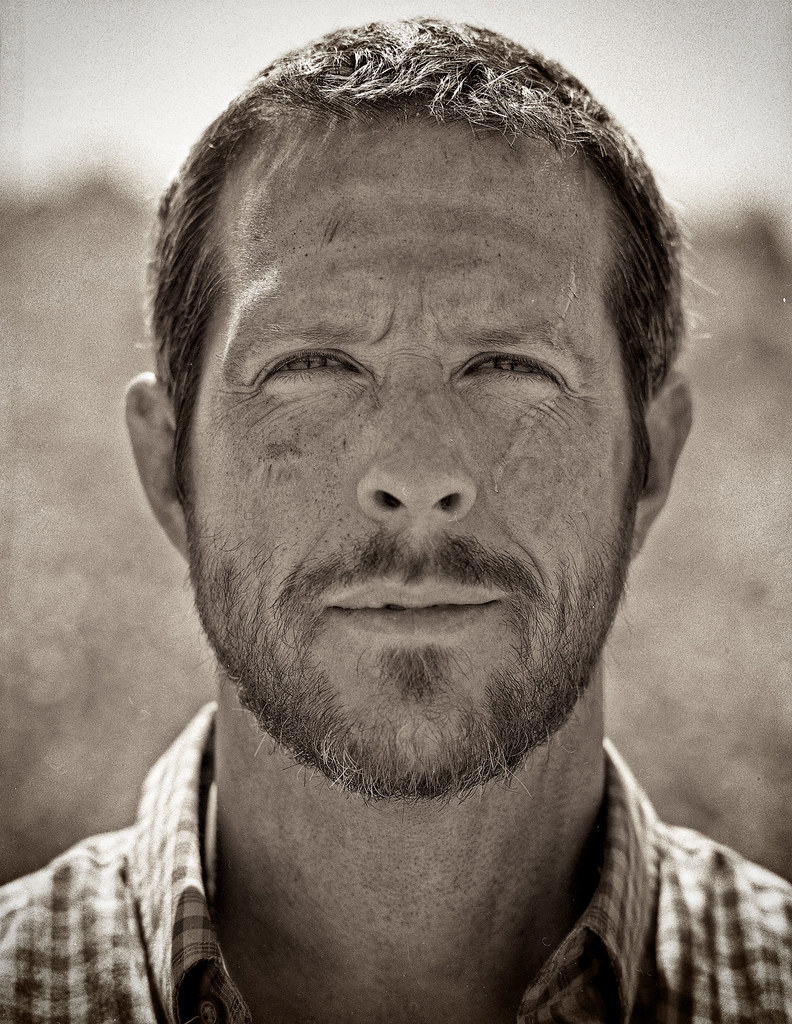The logistics will kill you before the cost does. 8x10 holders are big and heavy. Reloading big sheets of film in the field, if you want to try to economize that way, is a bear. Big view cameras work for me (sometimes) because I'm happy making just a few exposures during an outing, then going home, running a drumload or two in my Jobo and contact printing. If I needed to do high volume capture, processing and enlarging, or to work away from home for any length of time, it would get impractical very, very fast.
I think the best way to shoot 8x10 is to use it in addition to other cameras. Use 4x5 or medium format or DSLR's for most of your work and then when you know you have an ideal location, go and camp it with your 8x10. That way the costs come down massively (unless you think you get dozens of top money shots per year) and you can always carry a GF1 around with you as well as the 8x10.
Personally I have an 8x10, 4x5, Mamiya 7, Mamiya C220, two Canon A1s and an Olympus OM1 plus a Canon 5Dmk2, Panasonic GH1 and LX5 and an iPhone. I've used nearly all of these on a recent 6 day commission by the national park service here in the UK. Only three of the shots were 8x10, one of which is going to be enlarged to 8m x 3m to install behind the reception. over 30 of the shots supplied were taken on my Canon A1 on Portra 160 film which will be used for their 'media pods' (LCD's with the images making up part of a story). The Mamiya 7 supplied a good 20 or so shots and I shot about 16 images on 4x5 and about 12 on the Canon A1 and a couple on the Panasonic LX5.
All my processing was done at home on equipment that would have cost tens of thousands of pounds but that I picked up for a thousand (a Jobo ATL300 and a Howtek 4500 drum scanner).
All of this doesn't make 4x5 and 10x8 any easier than a medium format back but if you can't afford a lump sum payout you can get a system as good for less than 5% of the price if you are willing to adapt to the workflow involved.
All of this talk of film vs digital or MFDB vs 8x10 is besides the point - we're in an amazing time where great film equipment is available at ridiculously cheap prices and where affordable digital cameras are more than capable of producing big prints. The fact that people can make a choice between the two based on aesthetics and budget is a great thing and we shouldn't criticise either system.
I should add that hearing some of the comments here make me wonder how Ansel Adams, David Muench, Peter Dombrovskis and Eliot Porter ever managed to make a picture!! I know enough people that have had problems with MFDB's that have cost them whole sessions before now so a problem free environment it is definitely not!
Tim

